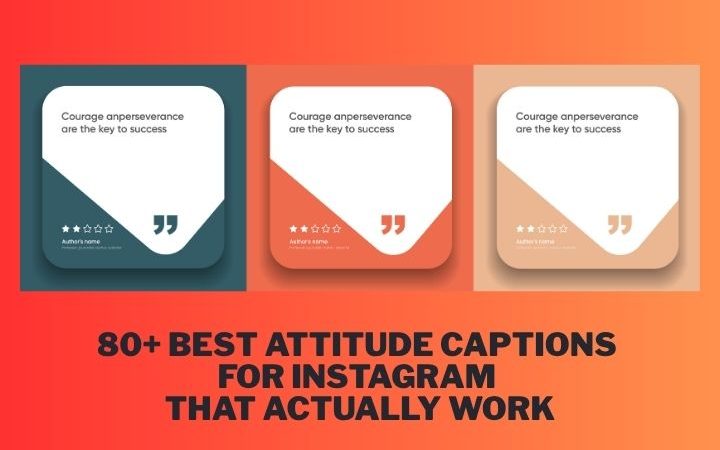How To Position The Brand In The Immensity Of Digital?

Exploit the potential of social media without losing your (brand) identity. The digital age has completely revolutionized the market, consumer behavior, and the way companies connect with these consumers. New technologies have made branding more important, more complex, and more delicate than it has ever been
The definition of Jeff Bezos, the CEO of Amazon, is a favorite of mine on the subject: “Branding is what people say about you when you are not in their own room. “
But when that room expands dramatically, encompassing the whole world, the digital one, how do you make sure you talk about it well? How important is it to weigh each action well in a huge room where everything we say or do has an infinite echo?
Making sure that you always talk about it well is a utopia, let’s face it. What is really feasible and essential is to take care of effective communication that is always in line with the brand.
The keyword to start with is identity. First of all, the brand has an identity and a personality; it represents the cultural plant and the value system of a product, and as such, it acquires meaning when it circulates in society.
Since the advent of digital, the tools to spread this identity are innumerable, powerful, and dangerous, and as such, they must always be preceded by strategy. Proceeding with inappropriate communication, riding the wave of the tools of the moment, means putting the brand in the lion’s mouth.
brand position
The brand position, intimately linked to the brand identity, is the position that the brand has decided to occupy in the perception of people: what values it has decided to represent and how and where it wants to position itself compared to competing products. Just as individuals’ personalities are determined by how others perceive them over time, the same is true for companies and products. To claim a strong brand position, then, it is necessary to ensure that every activity of the company, even the most apparently insignificant, transmits an image consistent with the values expressed by the brand and with the target audience.
With the power and immediacy of current tools, ruining a brand image is easier than ever.
Because unconventional communication is effective only when it does not step on the identity that the brand has built for itself.
Some of the most powerful and dangerous tools of all are social networks. Source of the most memorable and unforgivable corporate gaffes, social media is a typical case in which the use of tools comes after the elaboration of the strategy.
social strategy
Daughter of the digital one, the social strategy is much more complicated than it may seem. Using social media randomly or by intuition leads nowhere, at best. At worst, it leads in the opposite direction.
Listening to the network, defining goals, knowing your audience, and, only afterward, designing a strategy. The social ones are basically content strategies and are concerned with identifying the topic, the style, the sources, the flows, the distribution, and the priority to be assigned to it. Measuring every word and every concept well, always having a clear idea of what to communicate and to whom.
Reaching an unlimited and active pool of people, social media takes full part in what is the delicate process of brand positioning. As the place par excellence where the brand comes to life and has the opportunity to embody a personality, a voice, and a presence, the social network becomes a perfect launching pad for its image in the perception and mind of that audience. Knowing the brand well in all its forms before planning the strategy and the editorial plan in practice is therefore essential in order not to convey (with a formula of no return) a wrong image not in keeping with its identity.
In this sense, creativity also has “limits.” In marketing, although it is appreciated and sought after if creativity is not based on strategy, it risks being “art without a client,” even harmful to the company, the product, or the objective. When it comes to brand positioning and identity, there are values to be respected, which cannot be boycotted by the first (and poorly informed) creative on duty.
Because unconventional communication is effective only when it does not step on the identity that the brand has built for itself.
Finally
In short, in its complexity, the digital world, particularly social networks, has completely revolutionized the brand-consumer relationship, favoring the company with the unprecedented possibility of establishing relationships with its customers and maintaining them over time, learning and improving their own thanks to these reports. The lines to follow must be drawn case by case and step by step. The only constant is you, the strategy.
Also Read : What Retailers Need To Remember To Do Every Day


